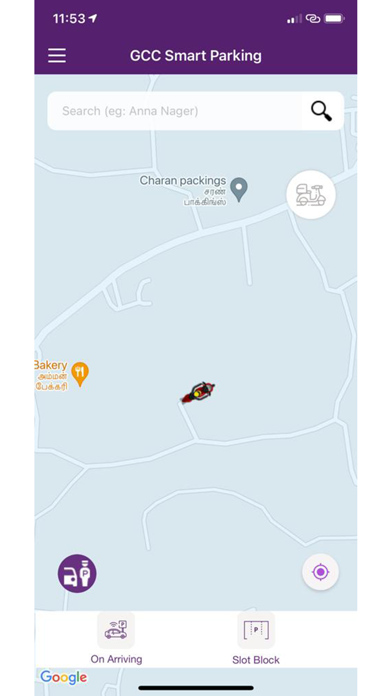
“It has also been observed worldwide that parking demand quickly outstrips supply in the absence of effective management strategies, including pricing and enforcement. New parking areas quickly fill with vehicles, and the provision of free or cheap parking encourages greater use of personal motor vehicles, leading to congestion on the streets. If the parking system is to be sustainable, then management must focus on efficient use of existing parking areas,”
Haphazard on-street parking (surface parking) eats into the rapidly diminishing street spaces and footpaths while obstructing traffic flow and pedestrian movement. All this is about to change as street parking will no longer be free – as these spaces will be charged and regulated, following Greater Chennai Corporation’s public-private partnership with a consortium of service providers for its parking management system, currently under trial. Sources in the Corporation said that in the 471 bus route roads (BRR) and important locations in non-BRR localities, an estimated 12,041 Equivalent Car Space (ECS) has been identified, under the Chennai Smart City initiative.
Chennai will become the first Indian city to implement parking management across the metro,”. Once the system is implemented, a vehicle user, after registering their mobile number and car number, can check parking slots on the app and plan their journey.
“Camera-based technology will tell the user which slots are empty and the number-plate recognition center will track the usage. For instance, if a user had parked their car for three hours and paid for that duration, ten minutes before the expiry, an alert will be sent on the app. The user can opt to recharge for an additional hour. The entire system will be automated and smartphone-enabled, but provisions have been made for basic phones and a cash system too”.
- Safe parking space for cards
- Better traffic flow due to parking management resulting in shorter commuting time
- Improved liveability
- Reduction in carbon dioxide emission as vehicles don’t have to circle around
the neighborhood for a parking slot
- Better use of public spaces – for example, as pedestrian spaces



